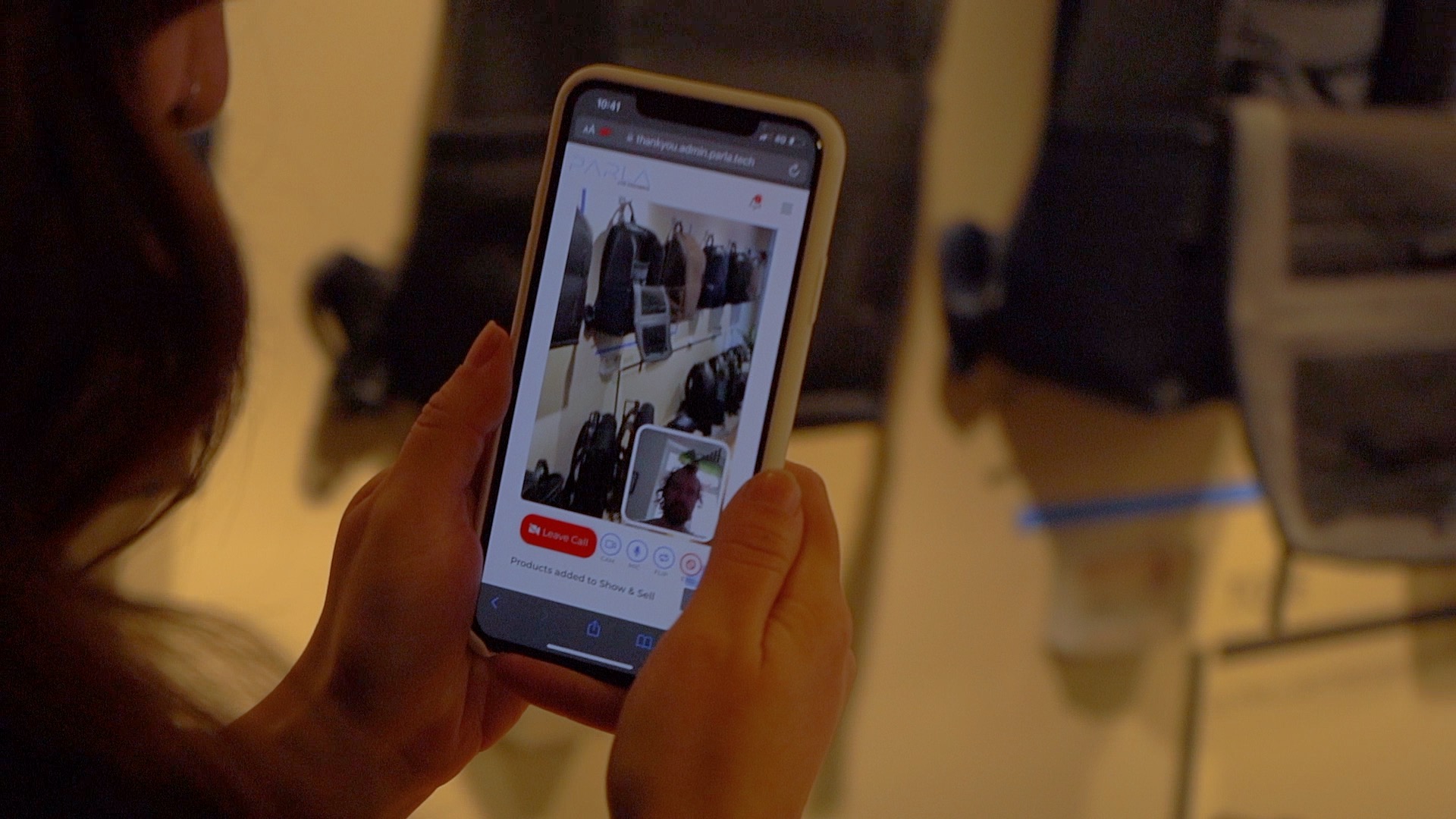There is no end in sight to workers quitting and the labor shortage
According to a McKinsey & Company study, the number-one reason frontline retail workers consider leaving their jobs is workplace flexibility, followed by career development, health/well-being, compensation, and a desire for meaningful work. As the “Great Attrition” wears on, with no end in sight to labor shortages, retailers need to reckon with a labor situation that is not going away anytime soon.
It is no secret the retail sector needs to be more competitive all around in attracting and retaining hourly workers. Despite some retailers raising workers’ wages, this action falls short of addressing not only the leading reason, but most other reasons workers leave retail employers, because the “quit rate” in US retail and hospitality continues to exceed all other sectors by more than 70 percent.
Deloitte reports 7 out of 10 executives surveyed said labor
was the number one challenge heading into 2023
Higher compensation alone is not solving the problem
Unpacking the reasons front-line retail workers quit as described in the McKinsey’s study, the pattern is not unlike the reasons people quit in other sectors of the labor market, except that in retail, comparatively low compensation exacerbates the situation. On top of that, the hours can be erratic, change frequently, and can involve nights and weekends. The cost of commuting can be a factor, especially if it requires a car to get there. And frontline retail work offers limited career development or advancement. In short, workers must adapt to retailers, not the other way around. When workers have more job choices than ever in a competitive labor market, this means retailers need to step up their recruiting and retention game.
1-to-1 live commerce and Work from Home (WFH) to combating labor shortages
For some retail categories, the answer to the labor problem may be staring retailers right in their faces, or more specifically, by retail workers and customers staring into each other’s faces – through 1-to-1 live commerce video calls.
1-to-1 Live commerce uses video calling between a retail salesperson and a customer to leverage the most influential resource retailers have available to drive sales – the salesperson. The live commerce approach can deliver, by virtual means, all the benefits of a personal, in-store experience so customers can either complete a sale on the spot or receive sufficient reason to visit a store to complete a purchase, if physically interacting with a product is necessary.
1-to-1 live commerce delivers workplace flexibility: hours + location
From a worker perspective, 1-to-1 live commerce can deliver what they want most – workplace flexibility:
Flexible scheduling – Workers can be available for as little as a few hours a day, can supplement staff during peak shopping periods, and work before and after regular store hours – especially during the evenings, when customers tend to do most of their online shopping.
WFH, call centers or anywhere – Virtual workers can assist customers from any location, at any time, and be more accessible for follow-up with customers with whom they have established a relationship. It is also ideal for extending the reach of both physical stores and dedicated Direct-to-Consumer brands across time zones and countries.
No commuting time or expense – For hourly workers, the cost of getting to work does not have to be an impediment for going to work, especially for individuals who may not have reliable or economical transportation options. Commuting can also put pressure on an already constrained personal schedule that may involve juggling attending school, caring for family members or performing other obligations. The WFH option makes compelling economic and lifestyle sense, in addition to being a safer option for workers, especially at night.
1-to-1 Live commerce is a big win for retailers, their sales staff, and customers
On average, retailers using live commerce report converting between 20 to 70 percent of their virtual customer encounters into sales. The better their experience, the higher the conversion, influenced by how tightly live commerce is woven into the retailers’ digital customer experience.
The secret to creating a successful live commerce and WFH experience
The key to a successful virtual store experience is matching the in-store experience, which retail staff can deliver from wherever they have Internet access using a phone, tablet, or computer. Interestingly, in some cases, the virtual experience has added benefits for store staff and customers. For example, commission-based salespeople may be fed a continuous stream of high intent customers and complete more sales, bumping up their overall compensation. And instead of customers wandering the aisles to find a helpful salesperson when shopping in-store, live commerce software can ask customers to respond to a few basic questions about what they are looking for before each video call to pair the customer with a knowledgeable salesperson. Calls can be initiated either on the spot, if offered by the store, or by making an online appointment.
It has been proven that 1-to-1 live commerce can make a difference in online conversion, but now it is time for retailers to embrace it for another, top of mind reason. It can help attract and keep workers interested in working in retail by meeting their greatest need – flexibility, while at the same time, opening more doors for retailers to reinvent the way they connect with increasingly digitally savvy customers.



